Nowadays, connecting to a virtual machine in VMWare has multiple methods. You can do it through the VMWare workstation program, or use LogMeIn, TeamViewer, or other remote access software, or you can even do it manually.
You can also connect using a standard Remote Desktop (RDP) Connection through the operating system. Another way for connecting to a VM is by using PCoIP. Later, we will compare these two methods and will talk about their main differences.
What Is PCoIP?
PCoIP stands for PC over IP. It is one of the best remote connection protocols which provides adaptive technologies for the best user experience. PCoIP technology delivers a high definition and secures a remote access experience.
It is also used for securing all the transferring data, revolutionizing the way data is secured in the workplace. Each PCoIP device such as zero-client, thin-client, smartphone, tablet, or laptop can be a secure end-point. Overall, PCoIP ensures that your sensitive information is protected.
 Need a Remote Desktop?
Need a Remote Desktop?
Reliable, high-performance RDP servers with 99.95 uptime. Take your desktop on the go to all the major cities in the US, Europe, and Asia.
Get an RDP ServerPC over IP history
PC over IP (PCoIP) was developed by Teradici as a remote display protocol in 2007. It uses the User Datagram Protocol (UDP) which is the alternative for Transmission Control Protocol (TCP). PCoIP initially was a hardware-based desktop virtualization product (such as a virtual desktop, or a remote display) that was designed around a Blade server.
But eventually, the software version of that was developed as well. VMware uses PCoIP for delivering a virtual desktop. The PCoIP mechanism renders client desktops on a cloud server or network, compressing the desktop’s display pixels, encrypting, and finally transmitting it to the client device.
Then, the client device will decrypt and render the desktop view for the user. This will be equipped with a proprietary chip that enables the user’s PCoIP communication between the server and the client.
What Is RDP?
RDP is short for the Remote Desktop Protocol. It is a multi-channel protocol developed by Microsoft as part of its Remote Desktop Services (RDS) which many people use to access remote desktops. RDP is used by Remote Desktop Connection (RDC) for transmitting data.
In fact, RDP is a supported remote display protocol for those remote desktops which are using RDS hosts, physical machines, shared session desktops, and virtual machines. But VMware Blast display and PCoIP display protocols are supported for published applications.
RDP software is a VNC-based (Virtual Network Computing) application that leverages the Internet to allow the client to access the server, remotely.
The most basic functionality of RDP software is transmitting the output (display) from the remote server to the client, and sending the client input (keyboard and mouse) to the remote server. In this remote desktop technology, the server listens on both TCP and UDP port 3389, by default.
Comparing PCoIP vs RDP
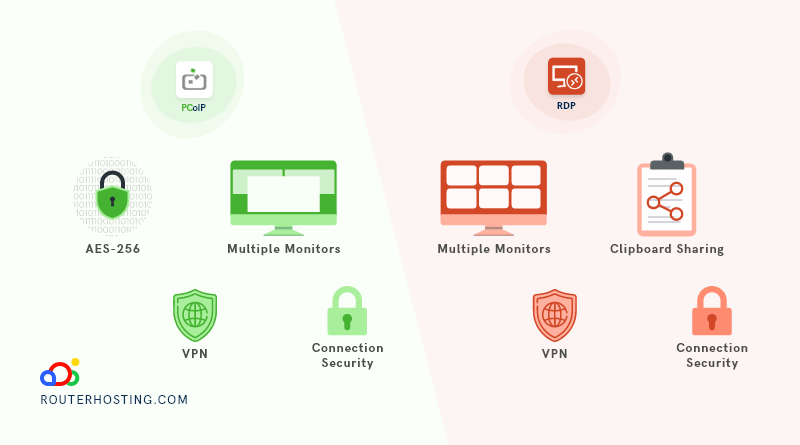
As we mentioned before, PCoIP and RDP have some differences in their key features. Some of the key features of PCoIP and RDP are:
- Using PCoIP and RDP as a VPN: both PCoIP and RDP protocols can be used in place of a company’s Virtual Private Network when a corporate firewall is not available or is deactivated.
- High Security and Encryption Level in Connections: using a corporate DMZ, the users can make secure and encrypted connections to Access Points or servers via either PCoIP or RDP.
- Types of Connections: PCoIP supports nearly all types of client devices.
- Security with AES: Both PCoIP and RDP support Advanced Encryption Standard 128-bit by default, adding an extra layer of security in connections. Although, you can change the encryption key cipher to AES-256 in PCoIP.
- Bandwidth Reduction: This capability is available on PCoIP protocol in order to optimize the bandwidth usage on WAN and LAN to increase its speed. Bandwidth will be evaluated by Remote Desktop Commander to track the RDP number which depends on your setting (color, depth, etc.).
- Multiple Monitors: PCoIP protocol can support up to 4 monitors with a resolution of up to 2560×2160 per display, or up to 3 monitors with a resolution of 4k (3840×1600) for Windows 7 remote desktop. On the other hand, the RDP monitor feature can support a single monitor on the Remote System and multiple monitors (up to 12) on the Local System.
- Extra Supports: Pivot display, Auto-fit, 32-bit color for virtual displays, ClearType fonts, Audio redirection with dynamic audio quality, Real-time Audio-Video for utilizing microphones and webcams, USB redirection for some users, MMR redirection for some operating systems like Windows or Remote Desktop OS (with Horizon Agent installed), and the option of Copy and Paste in plain text and images are supported by both protocols. RDP supports port redirection, printer redirection, file system redirection, and clipboard sharing as well.
Also Read: Copy/Paste not Working in RDP
How to Choose the Best Display Protocol; PCoIP vs RDP
A display protocol is a key component that provides the end-user with a graphical interface. This interface allows the user to communicate with its client.
The established communication will be over a communication protocol, the display server protocol, or simply via a Network-Capable Application Processor (NCAP).
The Display Protocol may vary for some types of clients. You can choose between VMware blast vs PCoIP, or select Microsoft RDP (RD protocol).
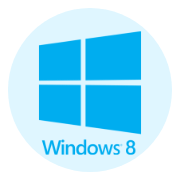 Free Windows 8
Free Windows 8
If you need Windows 8 to run special software or an efficient remote desktop, Cloudzy Windows 8 VPS is for you.
Get Windows 8 VPSChoose PCoIP if you want low latency
PCoIP (PC over IP) provides an optimized desktop experience for the entire remote desktop environment including applications, video, audio, images, or for a published application on a WAN or LAN.
Moreover, PCoIP can make up for a reduction in bandwidth or an increase in latency. All physical or virtual machines which contain shared session desktops on an RDS host, or Teradici host cards, can be used as remote desktops or published applications over PCoIP display protocol.
Choose RDP if you need shared resources connection
On the other hand, RDP is a remote desktop technology/protocol available for Windows, Linux, iOS, Mac, Android, and other operating systems. Moreover, it can be used for serving virtual computers to users in the Azure cloud-computing solution. The communication in RDP is highly asymmetrical (Data flow comes more from the client to the server).
RDP also relies on additional protocols such as TPKT (ISO Transport Service on top of the TCP protocol) to enable the exchange of information units, T.125 MCS to enable multi-channel, and X.224 to set up a connection. But when it comes to security vulnerabilities, RDP has many known issues that are open for hackers to find and exploit.
 Need a Remote Desktop?
Need a Remote Desktop?
Reliable, high-performance RDP servers with 99.95 uptime. Take your desktop on the go to all the major cities in the US, Europe, and Asia.
Get an RDP ServerBlueKeep Attack on RDP in 2019
“BlueKeep” attack in May 2019 was a worm-able vulnerability that allowed remote code execution, and self-propagation which could cause widespread problems, and Man-In-The-Middle attack which allows hackers to hijack and eavesdrop on sessions, are two examples of RDP’s security shortcomings.
TeamViewer vs RDP!
This article compares RDP with TeamViewer, and also, you can read our other comparison to AnyDesk vs. TeamViewer to help you choose the right tool to remotely manage or access desktops on any device, from anywhere in the world.
Conclusion
Whether you wish to use PCoIP or RDP, we recommend that you look to your requirements. If you wish to have a high-quality, low bandwidth remote desktop, our suggestion is RDP. But if speed and the level of security matter to you, utilizing PCoIP is recommended. Other than RDP we tried to introduce and talk about PCoIP vs Blast and all other things that you may need to know about this topic. So, if there is anything that has not been clarified for you, feel free to leave us a comment.
Note: You can download the PDF version of this article by clicking on the button:
[su_button url=”https://cloudzy.com/wp-content/uploads/PCoIP-vs-RDP-Which-Is-Better-for-Remote-Desktop-and-Display.pdf” target=”self” style=”default” background=”#fac802″ color=”#2f3856″ size=”3″ wide=”no” center=”no” radius=”auto” icon=”” icon_color=”#FFFFFF” text_shadow=”none” desc=”” download=”” onclick=”” rel=”” title=”” id=”” class=””]Download[/su_button]
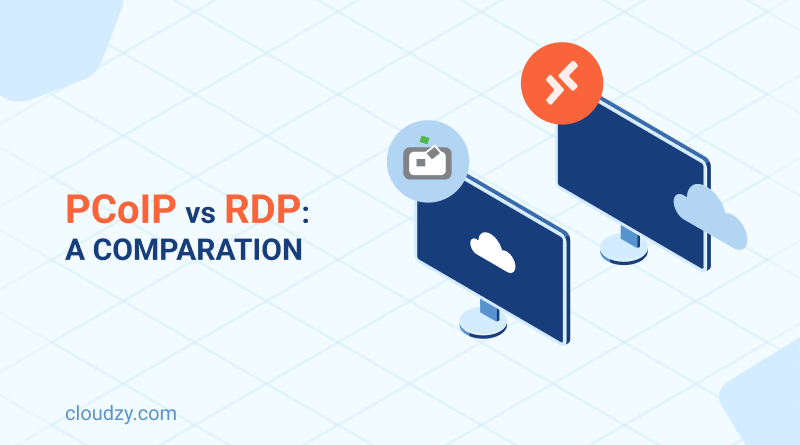

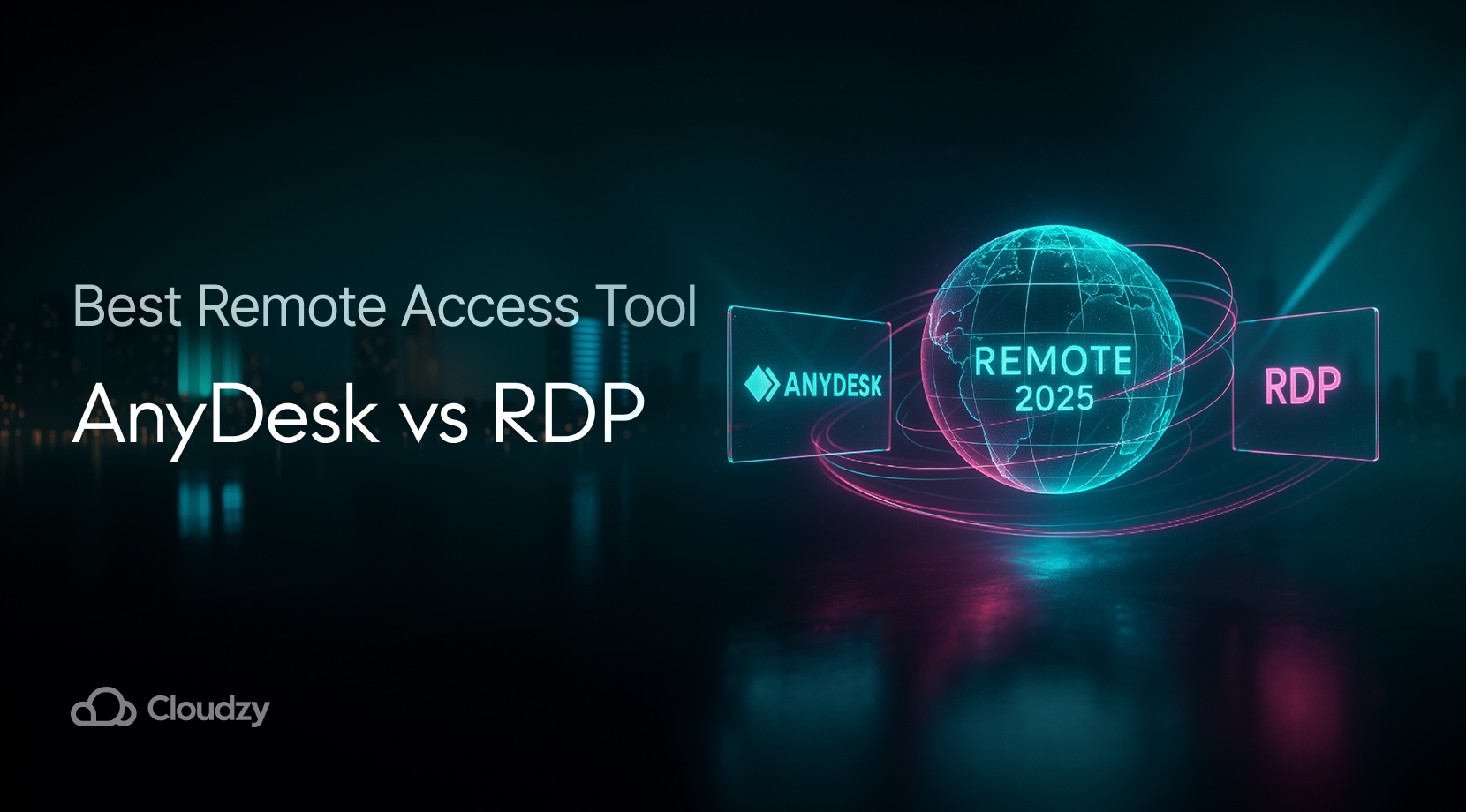



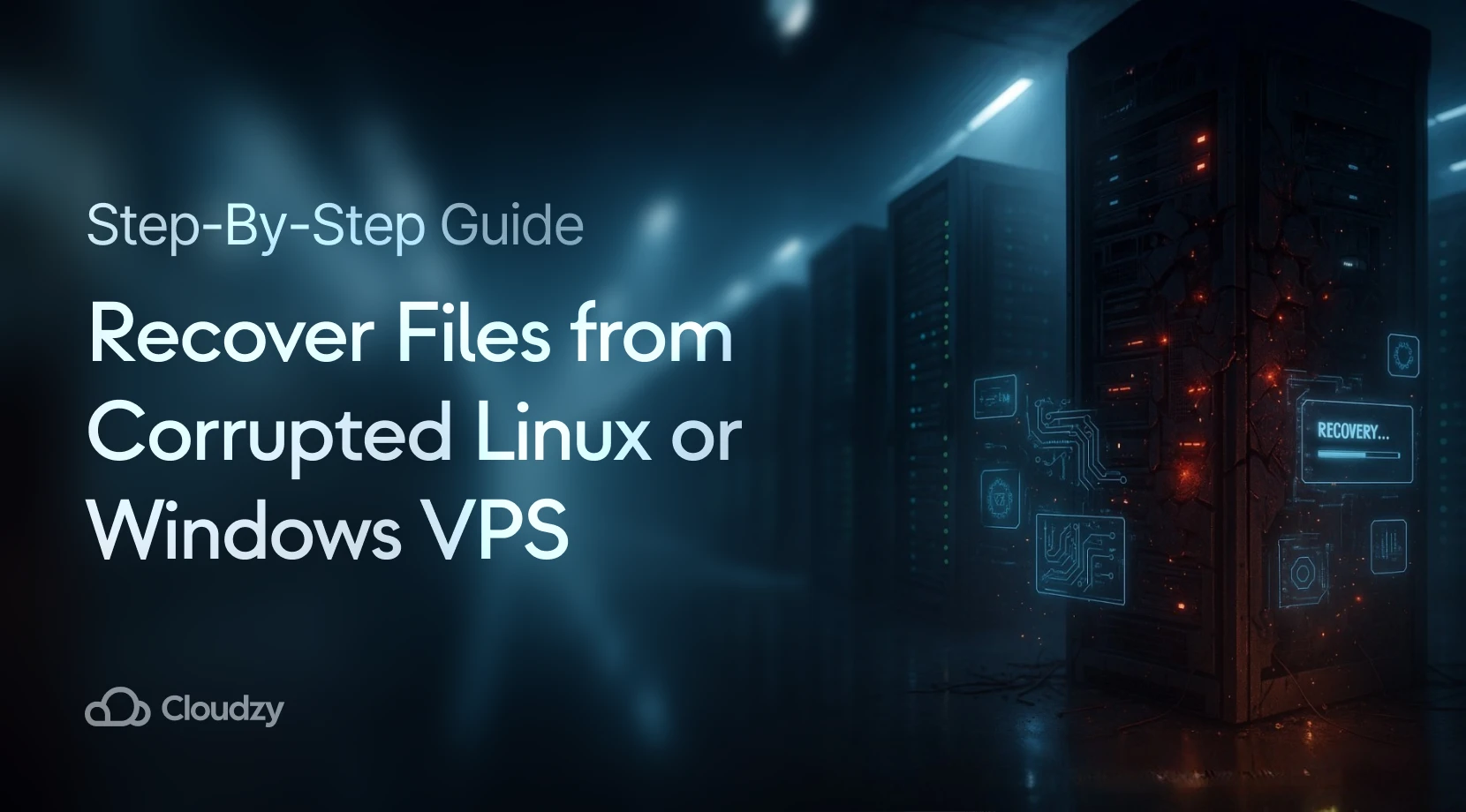
11 thoughts on “PCoIP vs RDP – Which Is Better for Remote Desktop and Display?”
I didn’t get it! is PCoip faster the RDP or it’s not?
I need a remote desktop… in terms of speed which is better?
In terms of speed, we mentioned at the bottom of the article that there is a low latency in PCoIP in comparison to RDP. So, it can give you a hint that in some cases PCoIP is a bit faster 😊
I see that you mentioned some companies that offer RDP. but can you suggest some companies that offer PCOIP as well?
In the article of PCoIP vs RDP we did not mention companies in the topic itself. But surely Router Hosting offer RDP. You can find it on our product page.
Is PCoIP cheaper than RDP? I want to use it as a VPN to change my IP but I don’t want to spend a lot of money every month! what is the pricing in PCoIP Vs RDP?
In terms of costs in PCoIP vs RDP, it is very much different. It is nt about being cheaper or more expensive. They can even have the same pricing. It is about the technical consideration and security. 😊
can you compare PCoIP vs RDP in terms of the OS system as well? do they both work on Linux and windows or they only work on Windows?!
Yes, of course. both PCoIP and RDP can work on Linux or Windows.
in your article you didn’t compare the PCoIP vs RDP in terms of scurity. I just see the section where you mentioned bluekeep attack on RDP! does it mean that PCoIP is more secure than RDP?
Both PCoIP and RDP support Advanced Encryption by default and their security is almost the same. Although, you can change the encryption key cipher in PCoIP. You can see this section under the heading of “Comparing PCoIP vs RDP”. 😊
Hi,
Is there any hardware which is compatible for both RDP AND PCOIP?
Thanks,
Sarin